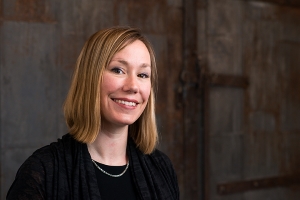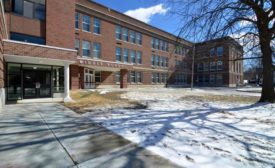Home » LEED
Articles Tagged with ''LEED''
Using Sustainable Materials
Pittsburgh’s East End Welcomes Luxury Apartment
January 18, 2017
Adaptive Re-Use of a School
The Watkins Glen School Apartments Case Study
January 16, 2017
Enhance your expertise with unparalleled insights.
Join thousands of building professionals today. Shouldn’t you know what they know?
SUBSCRIBE TODAY!Copyright ©2025. All Rights Reserved BNP Media.
Design, CMS, Hosting & Web Development :: ePublishing












